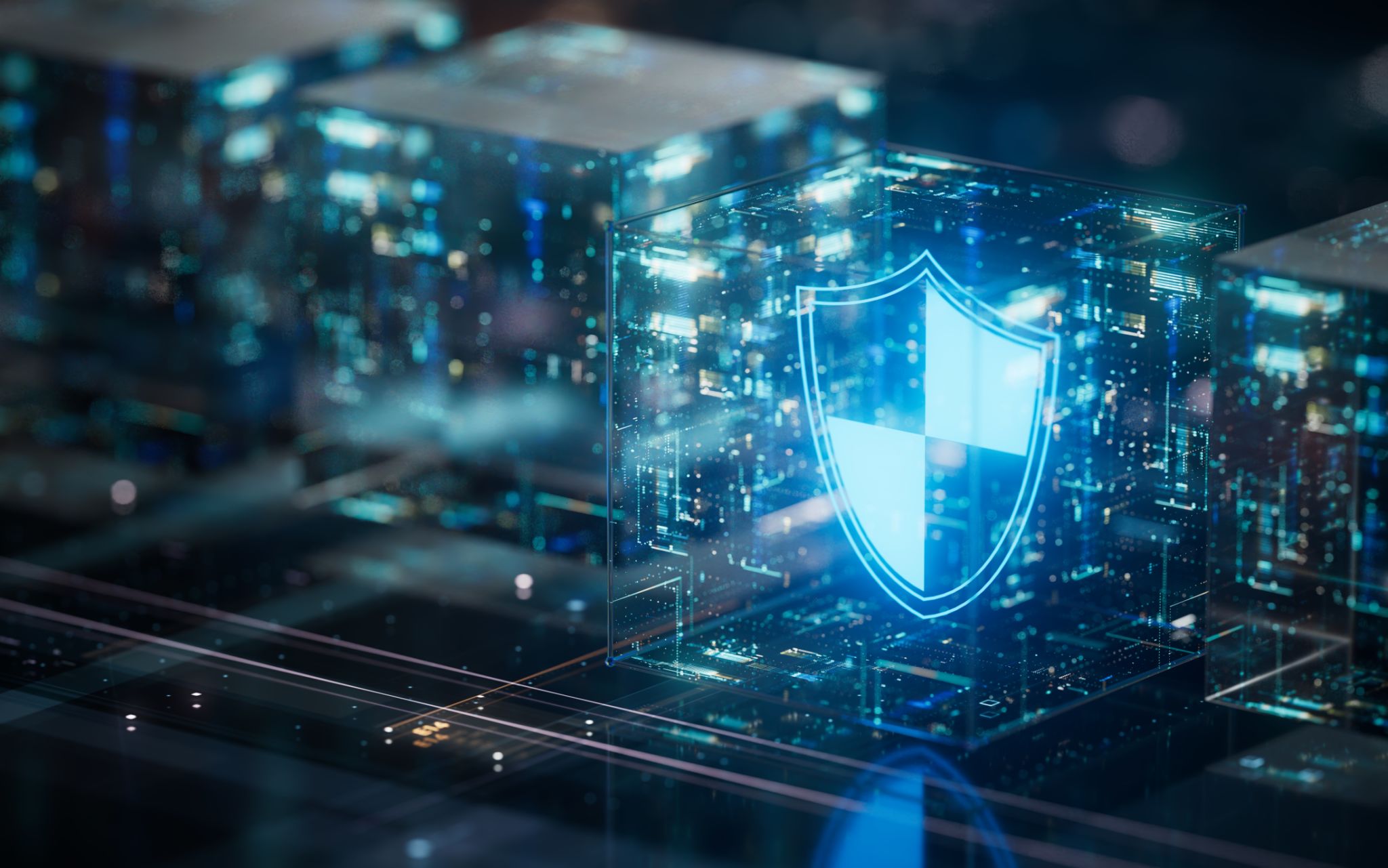Top Cybersecurity Trends and Innovations Businesses Need to Watch
Introduction to Cybersecurity Trends
In today's fast-paced digital world, cybersecurity is more critical than ever. With the increasing number of cyber threats and the sophistication of cyberattacks, businesses must stay ahead of the curve to protect their sensitive data. This post will explore the top cybersecurity trends and innovations that businesses need to watch in 2023 and beyond.
Artificial Intelligence and Machine Learning
One of the most significant advancements in cybersecurity is the integration of artificial intelligence (AI) and machine learning (ML). These technologies are being used to detect and respond to threats more quickly and accurately than traditional methods. AI and ML can analyze vast amounts of data in real-time, identifying patterns and anomalies that may indicate a cyber threat.

Moreover, AI-powered tools can automate routine security tasks, freeing up cybersecurity professionals to focus on more complex issues. Businesses that leverage AI and ML in their cybersecurity strategies can expect to see improved threat detection and response times.
Zero Trust Architecture
Zero Trust Architecture (ZTA) is another trend gaining traction in the cybersecurity landscape. Unlike traditional security models that rely on perimeter defenses, ZTA operates on the principle that no user or device should be trusted by default, regardless of whether they are inside or outside the network perimeter. This approach ensures that every access request is thoroughly verified before granting access to resources.

Implementing a Zero Trust model can significantly reduce the risk of data breaches and unauthorized access. Businesses should consider adopting ZTA to enhance their security posture and protect their critical assets.
Cloud Security
As more businesses migrate their operations to the cloud, ensuring the security of cloud environments has become a top priority. Cloud security involves protecting data, applications, and services hosted in the cloud from cyber threats. This includes implementing robust access controls, encryption, and continuous monitoring to detect and respond to potential security incidents.
Businesses should also work closely with their cloud service providers to ensure that security measures are in place and that they comply with industry standards and regulations. Cloud security is essential for maintaining the integrity and confidentiality of sensitive data.

IoT Security
The proliferation of Internet of Things (IoT) devices has introduced new security challenges for businesses. IoT devices often have limited security features, making them vulnerable to cyberattacks. Securing these devices is crucial to prevent unauthorized access and protect sensitive information.
Businesses should implement strong authentication and encryption protocols for IoT devices and regularly update their firmware to address security vulnerabilities. Additionally, network segmentation can help isolate IoT devices from critical systems, reducing the potential impact of a security breach.
Human Factor in Cybersecurity
Despite advancements in technology, the human factor remains a critical component of cybersecurity. Cybercriminals often exploit human vulnerabilities through social engineering attacks, such as phishing and spear-phishing. Educating employees about cybersecurity best practices and raising awareness about common threats can significantly reduce the risk of successful attacks.
Businesses should invest in regular cybersecurity training programs and create a culture of security awareness. Encouraging employees to report suspicious activities and incidents promptly can help mitigate potential threats and enhance overall security.

Conclusion
Staying ahead of cybersecurity trends and innovations is essential for businesses to protect their sensitive data and maintain their reputation. By leveraging AI and ML, adopting Zero Trust Architecture, ensuring cloud and IoT security, and addressing the human factor, businesses can build a robust cybersecurity strategy that safeguards their assets in an ever-evolving threat landscape.
As cyber threats continue to evolve, businesses must remain vigilant and proactive in their cybersecurity efforts. Implementing the latest trends and innovations will help them stay one step ahead of cybercriminals and protect their valuable information.
